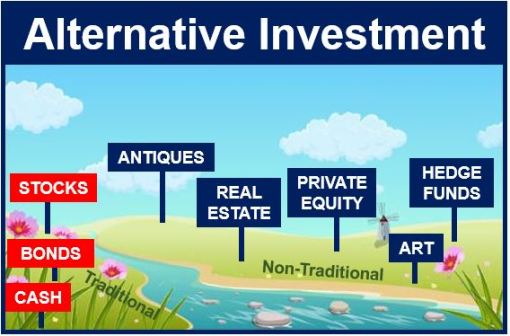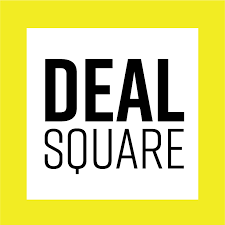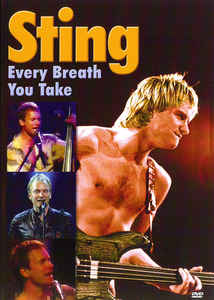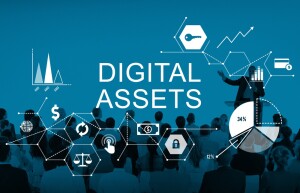Alternative assets are an important part of modern portfolios—but how can you gain access to them?
Do investors and investment advisors know what alternative investment options exist, and what platforms provide them?
Do advisors know how to use modern investment platforms to differentiate their offering and provide unique opportunities?
How can this type of access on the new platforms enhance the business asset managers?
Four panellists convened on October 26, 2021, to discuss these aspects of alternative assets, in a webinar sponsored by the Canadian Association of Alternative Strategies & Assets (CAASA), a trade association representing alternative investment managers, service providers, and investors. The panel was moderated by James Burron, Co-Founder & President of CAASA.
Platforms & Technology
On the NEO Exchange, “we enjoy finding better ways to list everything that’s not listed” on other stock exchanges, said Erik Sloane, Chief Revenue Officer at NEO Stock Exchange. NEO is a Toronto-based stock exchange, started in 2015, that contains a group of fintech companies providing capital markets infrastructure.
His company aims to move alternative assets around and apply technology “to make them look seamless to the world.” Once assets are listed on an exchange, they become eligible investments for registered retirement savings plans (RSP) and tax-free savings accounts (TSFA).
Compared to other nations, “fintech is years behind in Canada,” said Steve Smith, Director, Business Development at DealSquare. DealSquare is a centralized digital platform that gives registered users the ability to efficiently find, analyze and transact private market deals.
His company is working in partnership with NEO to improve matters. “How can we make it easy to do private placements?” He pointed out that people “don’t want to spend time with administrative work.” Yet every transaction requires sound documentation of the subscription agreement, including a cumbersome closing process.
Alternative Investments
Music royalties is an alternative asset that is often overlooked by investors. “There are 70 million downloads of tunes on smartphones,” said Tim Gallagher, “and of these, most are in the top 10,000 songs.” Tim Gallagher is Chairman and CEO at Music Royalties Incorporated (MRI).
MRI is a Toronto-based diversified portfolio owner of 27 iconic catalogs of songwriter, manager, producer, and sound recordings. MRI provides investors with “direct exposure to music revenues from the recent hyper-growth in global streaming platforms by acquiring song royalties for our shareholders. Our goal is to increase share value by accumulating a diversified portfolio of [cash-flow-producing] royalties in order to pay increasing dividends.”
“An uploadable song is a digital asset created by a non-music company,” he said. Creators and performers of music are entitled to benefit. As an example, he said the performer “Sting makes two thousand dollars every day for ‘Every Breath You Take’.”
Gallagher explained that individual song revenues are shared by 5 to 15 people—the creators or rightsholders. There are over 1 million rightsholders in North America collecting several billion dollars in passive income. Also, the top songs, classic hits, or catalogs that have become part of pop culture have multi-decade income stability. When song transmission moved from physical CDs to global streaming, a lot of the “iconic songs” are being rediscovered and replayed.
There are performing rights associations (PRAs) that see to it that every artist receives their royalties. MRI works in conjunction with American Society of Composers, Authors and Publishers (ASCAP) and Society of Composers, Authors and Music Publishers of Canada (SOCAN). “Twelve billion in cash flow is paid out by these PRAs,” he said. “SOCAN alone pays out $400 million a year to artists.”
Why use NEO and DealSquare? Gallagher said, “Lots of new funds are showing up but we are trying to revalue in a fragmented market.”
Real Estate
Real estate is a far more traditional alternative asset. “We have clients who act on NEO, so that’s why we’re there,” said Mark Breakspear, VP Fund Operations and Distribution at Western Wealth Capital, a real estate investment company that specializes in multi-family dwellings in the Sunbelt.
Besides the access through NEO, he said their set-up facilitates “simplicity and awareness.”
For these alternative assets, “the subdocs are a mile long” but are very manageable once they got set up on the DealSquare platform. “That’s what attracted us.” He is happy his company has “listed as a platform-traded fund on NEO.”
Changing Ways
Erik Sloane has the zeal of a pathbreaker. At NEO, he said, “we are changing the way we do business to make it easier” for both the buy and sell sides. “The world is moving into alternatives, and they don’t fit onto the stock market.” Now that NEO has been established, “people are going to NEO because they know it.”
Speaking from personal experience, Steve Smith said that when he was recently asked to fax information, he was dismayed. The average investor does not want obstacles such as faxing and having to show up in person. “Times are changing.”
There are still some alternative assets that can’t be sold via the NEO Exchange. “Things that don’t work are things that can’t be standardized,” Sloane said, “or that interrupt the deal flow.”
But in the main, access to alternative investments is improving. “It’s an ecosystem now,” he said, “it’s not just one platform.” NEO has been able to attract partners and new products to list. “It’s all about showing them available.” ♠️






